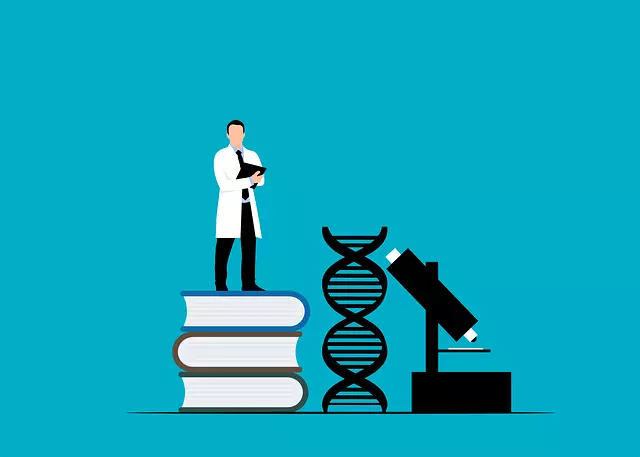How to use public databases in genomic research
Introduction to public genomic databases
Public genomic databases are an incredibly valuable resource for scientists and researchers working in genomics. They provide access to huge datasets of DNA sequences, SNPs, gene expression and other important biological information. They enable innovative research that can contribute to the understanding of genetic diseases, the development of therapeutics and the discovery of new biomarkers.
This article looks at how to effectively use public databases in genomic research. It provides practical tips and recommendations to help maximize the use of available resources.
The most popular public genomic databases
There are many public databases in the scientific world that collect a variety of genomic data. Some of the best known are:
NCBI (National Center for Biotechnology Information) - provides a variety of resources such as GenBank, dbSNP and GEO.Ensembl - offers a rich overview of the genomes of various organisms and sequence analysis tools.UCSC Genome Browser - provides visualization of genomes and access to functional data.1000 Genomes Project - focuses on human genetic diversity and SNP information.Each of these databases has its own unique features, so it's worth familiarizing yourself with their functionalities to choose the right one for your research.
How to find the right data?
Searching for data in public databases can be a challenge, given their enormous volume. There are several strategies that can make the process much easier:
Use specific keywords - Define your query using precise terms related to your study.Filter your results - Many databases offer filtering options that allow you to narrow your results to specific types of data or organisms.Document your search - Make notes about the databases you use and the resources you discover, making it easier to find data later.Analyze data from public databases
Once you have found relevant data, it is necessary to analyze it. Analysis of genomic data requires the use of various bioinformatics and statistical tools. Here are some steps to take:
Data preparation - make sure the data is properly formatted and ready for analysis. Depending on the analysis method you choose, you may need to adjust the data format.
Statistical analysis - using available tools such as R or Python, run statistical analyses to identify the significance of the results.
Sharing and publishing research results
Once you have completed your data analysis, an important step is to release your findings. Publishing your research work in reputable scientific journals allows you to reach a wider audience and supports the advancement of science. Here are some tips on how to effectively publish your results:
Choose the right journal - Know the journal's profile and tailor your research to its requirements.Prepare a careful manuscript - Make sure your text is clear, well-organized and contains all the necessary information.Involve your collaborators - Teamwork can help improve the quality of your publication and bring in additional perspectives.Examples of applications of public databases in genomic research
Public databases have been widely used in a variety of research fields, from oncology to biodiversity. Here are some examples:
Cancer research - Analysis of genomic data makes it possible to identify mutations associated with cancer, which contributes to the development of targeted therapies.Population genetics - With data from the 1000 Genomes Project, scientists can study genetic diversity in different human populations.Biotechnology - Public databases support research into new organisms, which can lead to innovations in environmental protection and food production.Challenges of using public databases
Although public databases offer many opportunities, there are also challenges that researchers must face:
Data quality issues - Some of the available data may be outdated or inaccurate, which can affect research results.Access limitations - Not all databases are completely open to all types of data, which can limit research opportunities.Summary
Public genomic databases are an invaluable resource for scientists and researchers. In order to use them effectively, it is important to learn about the available resources, search strategy and data analysis. Ultimately, proper use of these data can lead to breakthroughs in genomics and medicine.
With the right tools and resources, every researcher has the opportunity to contribute to the advancement of genomic knowledge and make innovations that change the world.

Add comment